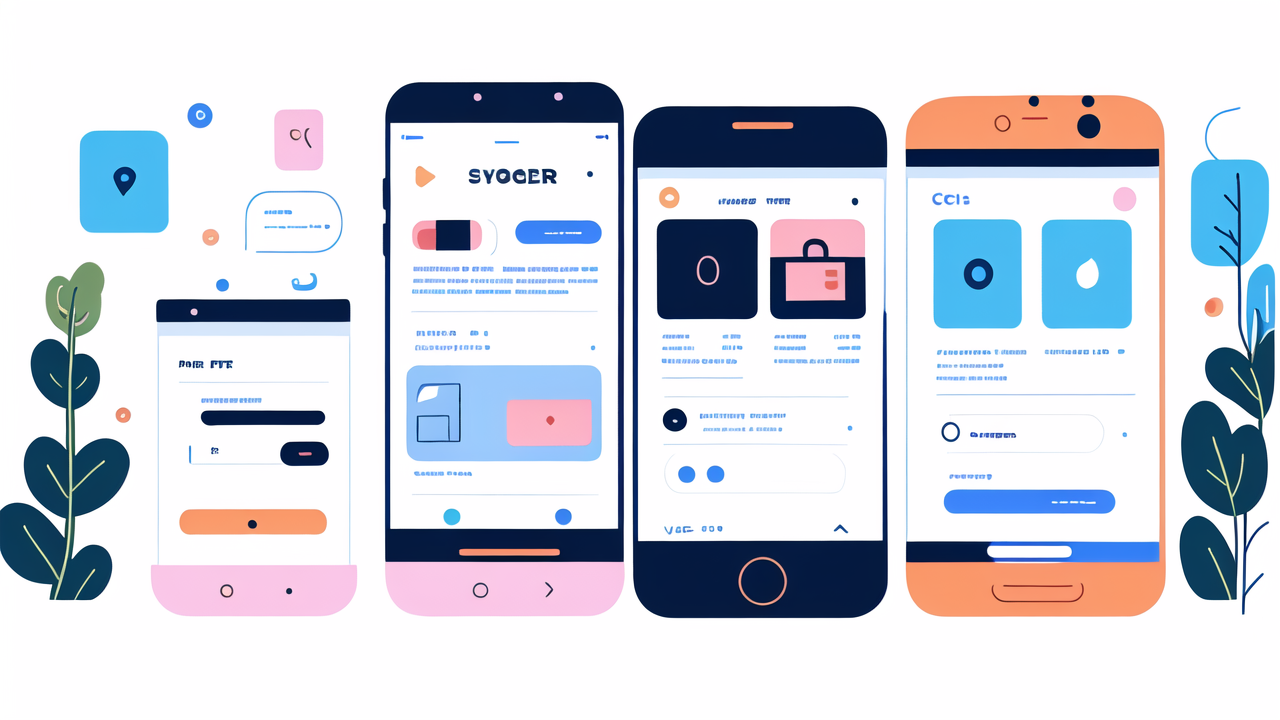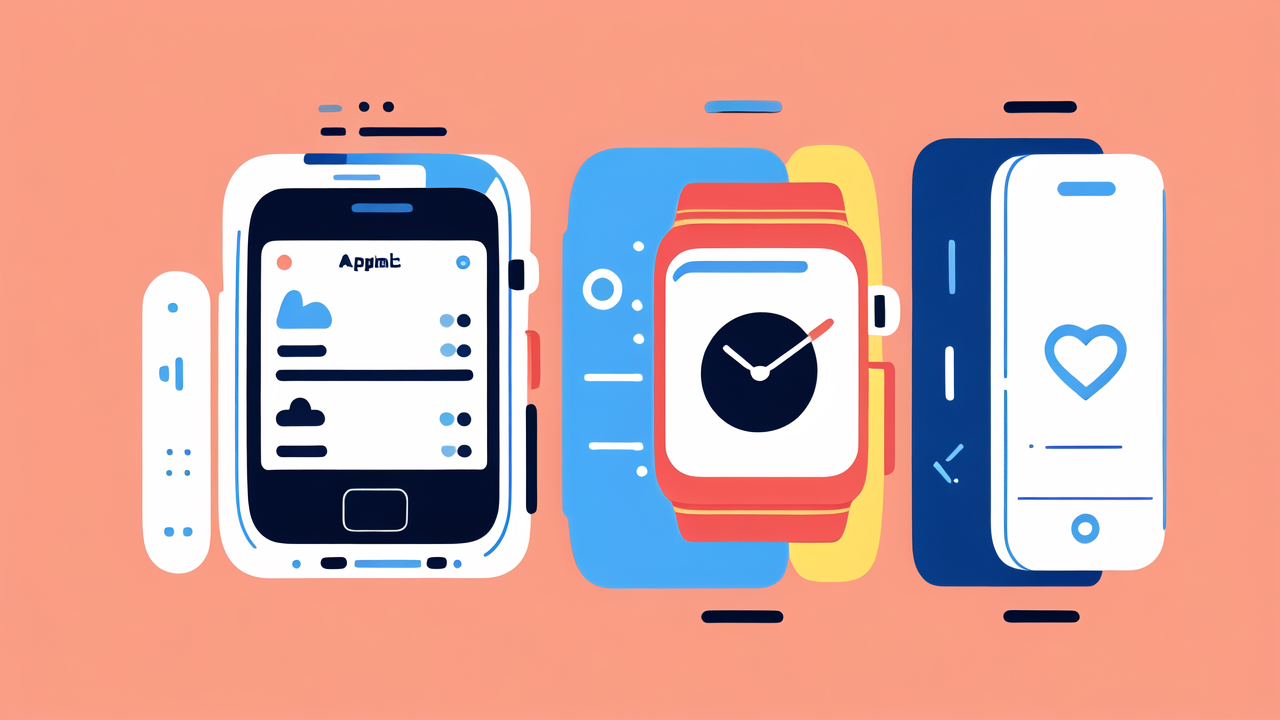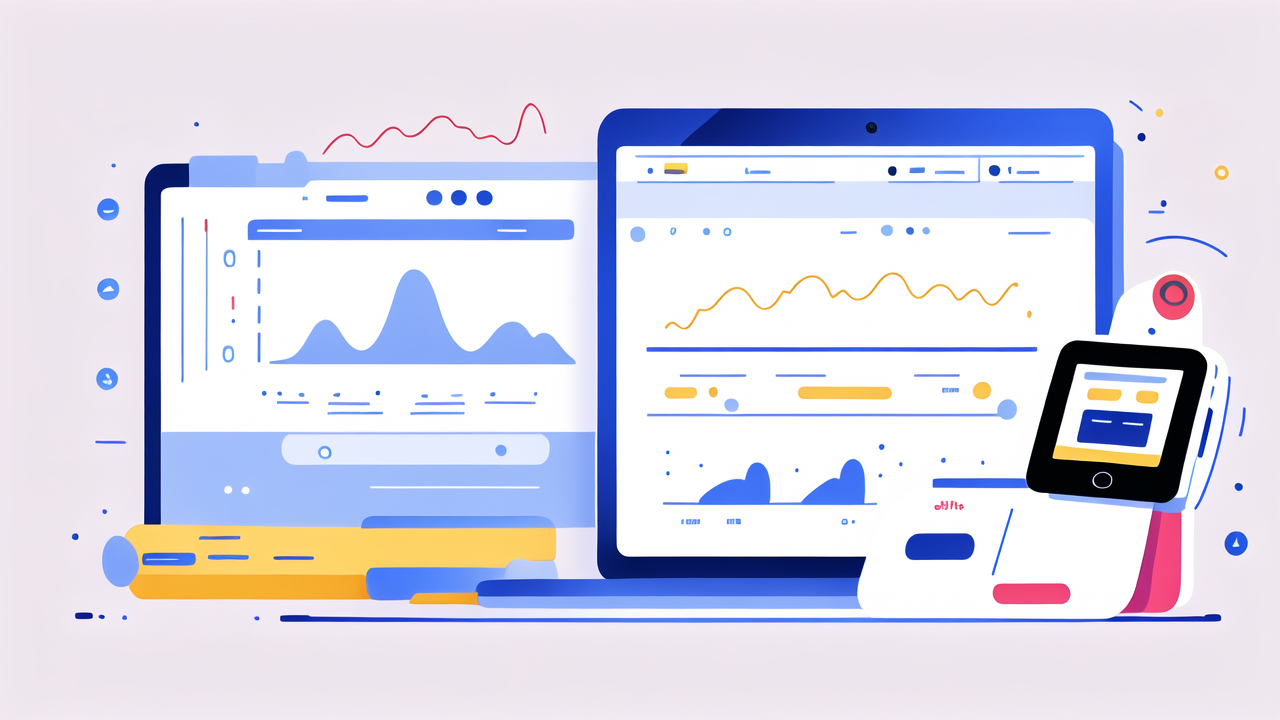Understanding Wearable Technology: A Primer for Fashion Professionals
The Evolution of Wearable Tech in the Fashion Industry
Wearable tech has come a long way in the fashion world. It started with simple devices like smartwatches. Now, it's part of clothes and accessories. Early wearables were clunky and not very stylish. But now, they're sleek and fashionable.

Designers are mixing tech with style. They're creating clothes that do more than just look good. These clothes can track health, adjust to weather, and even change color. The focus is on making tech invisible and comfortable.
As tech gets smaller, it's easier to add to clothes. This has opened up new design possibilities. Fashion brands are working with tech companies to create innovative products. The result is a new era of smart fashion that's both functional and stylish.
Key Technologies Powering Wearable Fashion
Several key technologies are driving the wearable fashion trend. Smart fabrics are at the forefront. These fabrics can conduct electricity and respond to touch. They're used to make clothes that can heat up or cool down.
Sensors are another important technology. They can track movement, heart rate, and other health data. These sensors are getting smaller and more accurate. This makes them easier to include in clothing.
Bluetooth and Wi-Fi allow wearables to connect to smartphones. This lets users control their devices and see data. Battery tech is also improving. New batteries are flexible and can be woven into fabric.
3D printing is changing how wearables are made. It allows for custom designs and quick prototyping. Augmented reality is being used in smart glasses and displays. These techs are shaping the future of wearable fashion.
Regulatory Considerations for Wearable Devices
As wearable tech becomes more common, regulations are catching up. There are concerns about privacy and data security. Wearables collect a lot of personal data. This data needs to be protected.
Safety is another key issue. Wearables need to be safe to wear and use. This includes making sure they don't overheat or cause skin irritation. There are also rules about radio frequency emissions.
In some countries, wearables that collect health data are considered medical devices. This means they need to meet strict standards. Companies need to be aware of these rules when designing products.
There are also environmental regulations to consider. As wearables become more disposable, there are concerns about e-waste. Companies need to think about the full lifecycle of their products.
Innovative Uses of Wearable Tech in Fashion
Personalization and AI in Fashion Retail
AI is changing how we shop for clothes. Smart mirrors can suggest outfits based on your body type and style. They can even show you how clothes will look without trying them on. This makes shopping faster and more fun.

Wearable tech can track what you wear and how often. This data can be used to suggest new clothes you might like. It can also help you make the most of your wardrobe. Some apps can even plan outfits for you based on the weather.
AI is also being used in clothing design. It can analyze trends and create new designs. This helps brands make clothes that people want to buy. Some companies are using AI to create custom-fit clothes based on body scans.
Virtual try-ons are becoming more common. You can use your phone to see how clothes will look on you. This is great for online shopping. It helps reduce returns and makes shopping more accessible.
Sustainability and Wearable Technology
Wearable tech is helping make fashion more sustainable. Smart clothes can last longer because they adapt to different needs. For example, a jacket that can heat up reduces the need for multiple coats.
Some wearables track the environmental impact of your clothes. They can tell you how much water or energy was used to make them. This helps people make more eco-friendly choices.
Tech is also being used to recycle clothes better. Smart tags can tell recycling plants what materials are in a garment. This makes it easier to recycle clothes properly.
Some companies are using wearable tech to reduce waste in production. Smart factories can adjust production based on real-time demand. This helps prevent overproduction and unsold stock.
Enhancing the Shopping Experience with Wearable Devices
Wearable devices are changing how we shop for clothes. Smart glasses can show product info when you look at an item. This includes price, materials, and customer reviews. It makes shopping more informative and fun.
Some stores use wearables to personalize the shopping experience. You might get a smartwatch when you enter. It can guide you to items you might like based on your preferences.
Virtual and augmented reality are big trends. You can use VR headsets to shop in virtual stores from home. AR apps let you see how furniture will look in your home before you buy it.
Wearables are also making checkout easier. Some let you pay with a tap of your wrist. Others track what you pick up and automatically charge you when you leave the store.
The Market Dynamics of Wearable Fashion
Consumer Trends Shaping the Wearable Tech Clothing Market
Consumers are driving big changes in wearable tech fashion. Health and fitness tracking is a top trend. People want clothes that can monitor their workouts and vital signs. This has led to a boom in smart workout gear.

Sustainability is another key trend. Consumers want eco-friendly wearables. They're looking for products made from recycled materials. They also want devices that last longer to reduce waste.
Personalization is becoming more important. People want wearables that fit their unique style and needs. This has led to more customizable options in both design and function.
Privacy is a growing concern. Consumers want control over their data. They're looking for wearables with strong security features. This is shaping how companies design and market their products.
The Role of Startups and Innovators in Fashion Wearables
Startups are driving innovation in wearable fashion. They're often quicker to adopt new technologies. This allows them to create cutting-edge products. Many are focusing on niche markets that bigger companies overlook.
Crowdfunding has been key for many wearable tech startups. It allows them to test ideas and get funding. This has led to some unique and creative products entering the market.
Collaborations between startups and established brands are common. Startups bring fresh ideas. Established brands provide resources and market reach. This partnership model is helping push the industry forward.
Some startups are focusing on solving specific problems. For example, creating wearables for people with disabilities. Others are working on sustainable materials for smart clothing.
Predicting the Future: What's Next for Wearable Fashion Tech?
The future of wearable fashion tech looks exciting. We'll likely see more integration of tech into everyday clothes. This means smart fabrics will become more common. Clothes might change color or pattern with a tap on your phone.
Energy harvesting could be a game-changer. Clothes might generate power from body heat or movement. This could mean no more charging for your wearables.
Augmented reality is set to play a bigger role. Smart glasses could replace smartphones for many tasks. They might project screens onto any surface, changing how we work and play.
Biotech integration is another area to watch. Clothes might monitor your health and deliver medication. They could alert you to potential health issues before symptoms appear.
As technology advances, wearables will become more invisible. They'll be seamlessly integrated into our daily lives. The line between fashion and technology will continue to blur, creating exciting new possibilities.




Leave a comment
This site is protected by hCaptcha and the hCaptcha Privacy Policy and Terms of Service apply.